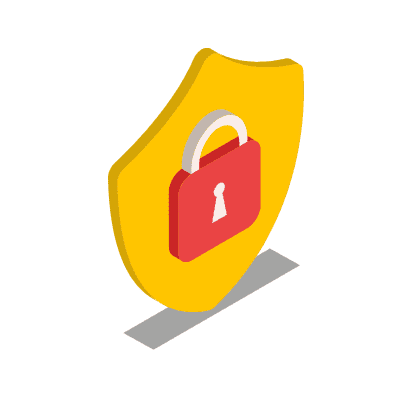In an era where web applications are becoming increasingly complex, it is essential to secure them. Web application security is critical to online safety, designed to protect websites from attacks and unauthorised access.
Common Attacks on Web Applications
Web application security addresses common threats such as the OWASP Top 10 web application security risks. This includes:
- SQL injection, where attackers manipulate a site’s database through vulnerable input forms.
- Cross-site scripting (XSS), where attackers inject malicious scripts into web pages viewed by other users.
- Cross-site request forgery (CSRF), where a user is tricked into performing actions they didn’t intend.
By recognizing the potential risks, developers and administrators can employ strategies to protect their web applications.
Key Components of Web Application Security
Securing a web application involves several critical components, each playing a unique role in the protection strategy. Let’s see some of these essential elements:

Web Application Firewall (WAF)
It stands as a frontline defense mechanism specifically designed to monitor, filter, and block harmful traffic to and from a web application.
Acting as a shield, WAFs scrutinize incoming traffic to identify and mitigate potential threats such as SQL injection, XSS attacks, and other vulnerabilities before they can exploit any weaknesses.
This approach ensures that only legitimate traffic reaches the web application, significantly enhancing its security.
Secure Coding Practices
The foundation of a secure web application lies in its development phase. Secure coding practices are vital, aiming to eliminate security vulnerabilities right from the initial coding process.
Developers are encouraged to adhere to best practices and guidelines that prioritize security, such as input validation, output encoding, and authentication controls.
These practices help prevent common security issues and reduce the application’s overall risk profile.
Regular Security Assessments
Continuous assessment is key in maintaining web application security. Regular security assessments, including vulnerability scans and penetration testing, provide an in-depth evaluation of the application for any existing or potential security issues.
These assessments help identify weaknesses that attackers could exploit and allow for timely remediation of identified vulnerabilities.
DDoS Mitigation
API Security
Web Application Security with WebOrion
The WebOrion® Protector provides a robust barrier against a multitude of threats.

Protection Against the OWASP Top 10 With an Industry Leading WAF Engine
Repel the OWASP Top 10 web application security risks with WebOrion® Protector’s intelligent anomaly-scoring, heuristics, and signature-based WAF engine. Detects and blocks common web attacks such as SQL injections, cross-site scripting, file inclusions, and code injections.
Secure New API Attack Surfaces
Block malicious API requests that do not match specifications and malformed API request responses to prevent data breaches and sensitive data exposure. Support for various API technologies, including REST, GraphQL, JSON, SOAP, and XML, is also available.
Built for Modern Web Applications
Along with WAF and API Firewall capabilities, WebOrion® Protector also provides malicious bot and credential stuffing protection, and extrusion detection systems to ensure comprehensive data security.
Conclusion
In the digital age, where threats evolve as quickly as the technology itself, understanding and implementing web application security is imperative to safeguard your online presence.
Excitingly, the landscape of web application security is set to expand with innovative solutions designed to meet these challenges head-on.
Contact us for a demo or learn more about WebOrion® Protector here.

